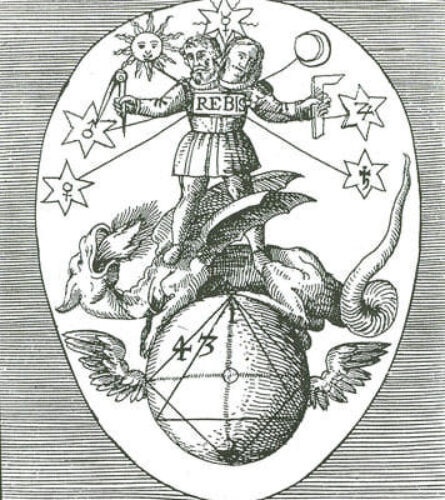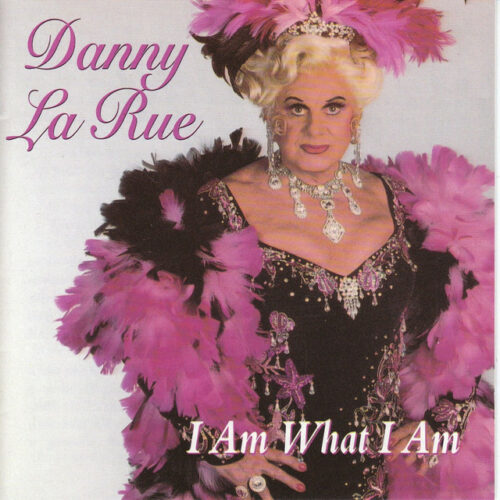The Reality Anchor (Book Three, Part 41: Aenigma Regis, The Candlemaker)

Previously in The Last War in Albion: Late in Morrison’s run they brought back the Brotherhood of Dada, who were spectacularly killed off in an arc full of a bitter and angry cynicism that their run had not previously indulged in.
“It exists outside space and time, but is also technically in the same place as Earth, because of the reality anchor we dropped there.” – Warren Ellis, The Authority
Nothing about the arc overtly points to the end of Morrison’s tenure being near, but there’s a clear sense of finality here—a sense that the whimsical party that’s been rolling on for thirty-three issues now is coming to an end. To some extent, of course, this was an inevitable direction for Doom Patrol to go in. Morrison opened their run by making the book about trauma, and their subsequent focus on whimsy could only ever be borrowed time. Eventually the book would have to pay off the implicit promise of that first issue—the sad and mournful question of what you do when you just can’t be strong anymore. The party had to end, and had to end for the exact reason Mr. Nobody said in his dying words—that people don’t want a strange and magical world of madness and wonder. They want to get up, go to work, and vote for George fucking Bush. And so the sudden and violent turn into that, with John Dandy unleashed and everything going terribly and brutally wrong for the Brotherhood of Dada, was inevitable. Because that’s what normal people have: safety. In the end, this is what happens to the queers and the madmen of the world: the cops come and shoot them dead.
In the wake of the second Brotherhood of Dada arc Morrison followed with two one-offs—the Jack Kirby pastiche already mentioned, and an issue entitled “Aenigma Regis” that focused on Rebis, who had shed their bandages and gone through some sort of strange and inscrutable ascension back at the end of the sex arc. This issue was an oddity within Morrison’s tenure. Much of their run was “weird,” at times aggressively so, but “Aenigma Regis” tipped wholesale into symbolic narrative, providing a deeply inscrutable narrative that was by some margin the closest the comic came to actually mirroring the heavily associative storytelling of Kenneth Anger or Maya Deren. The result seems to have gone over a fair number of readers’ heads. Tom Peyer, when the letter column finally got to covering the issue, offered the laconic assessment that “Some of you recognized Grant’s exploration of alchemy in issue #54’s ‘Aenigma Regis’ Some of you were puzzled by it” before suggesting buying “a textbook on alchemy” and rereading the story. No letters representing the “recognized the alchemical themes” side of the ledger appeared, however, save for one by Rachel Pollack, a writer and Tarot scholar in the Hudson Valley of New York who had been engaging in a long-running joke of writing into the letter column asking to take the book over when Morrison left.…





